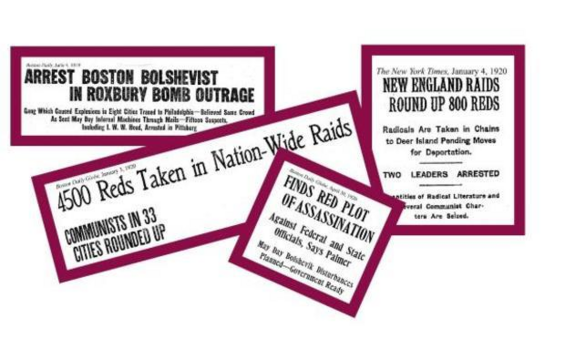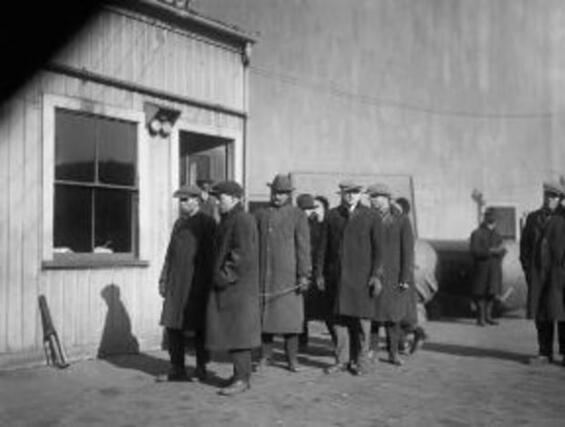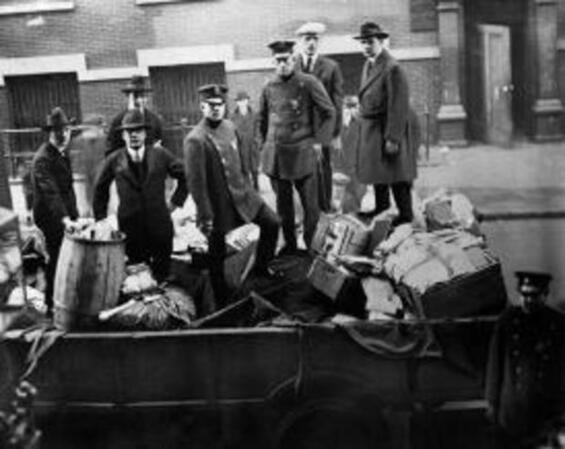Causes of the Red Scare

During the Red Scare of 1919-1920, many in the United States feared recent immigrants and dissidents, particularly those who embraced communist, socialist, or anarchist ideology. The causes of the Red Scare included:
- World War I, which led many to embrace strong nationalistic and anti-immigrant sympathies;
- The Bolshevik Revolution in Russia, which led many to fear that immigrants, particularly from Russia, southern Europe, and eastern Europe, intended to overthrow the United States government;
- The end of World War I, which caused production needs to decline and unemployment to rise. Many workers joined labor unions. Labor strikes, including the Boston Police Strike in September 1919, contributed to fears that radicals intended to spark a revolution;
- Self-proclaimed anarchists' mailing bombs to prominent Americans, including United States Attorney General A. Mitchell Palmer and United States Supreme Court Associate Justice (and former Massachusetts Supreme Judicial Court Chief Justice) Oliver Wendell Holmes, Jr.
The government responds

Massachusetts prisoners seized during government raids awaiting transport to Deer Island on January 4, 1920.
Enraged by the bombings, the United States government responded by raiding the headquarters of radical organizations and arresting thousands of suspected radicals. Several thousand who were aliens were deported. The largest raids occurred on January 2, 1920 when over 4000 suspected radicals were seized nationwide. Over 800 were arrested in New England from locations that included Boston, Brockton, Chelsea, Fitchburg, Lawrence, and Lynn.
On April 29, 1920, several days before the arrests of Sacco and Vanzetti, Attorney General Palmer warned the nation that the Department of Justice had uncovered plots against the lives of over twenty federal and state officials as part of planned May Day (May 1st) celebrations. May Day, also known as International Workers' Day, was celebrated by many socialists, communists, anarchists, and unionists.
The failure of these plots to materialize, coupled with increased criticism of the Palmer Raids, brought these raids to an end.

November 1919 photo of Boston police with seized radical literature
Contact
Phone
Hours: Mon. - Fri., 8:30 a.m. - 4:30 p.m.
Hours: Mon. - Fri., 8:30 a.m. - 4:30 p.m.
Hours: Mon.-Fri. 8:30 a.m.- 4:30 p.m.